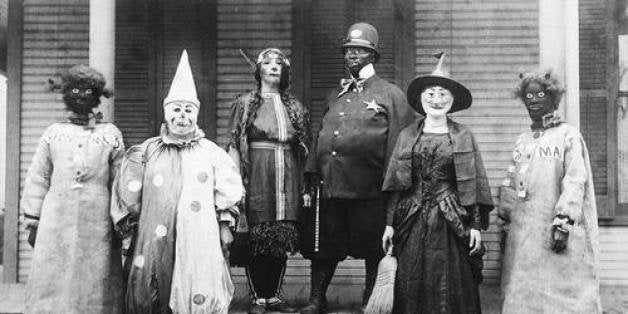
Candy and costumes, ghouls and goblins, tricks or treats. Halloween in a nutshell, right?
NOT. SO. FAST. Sure, all of these elements embody modern-day Halloween festivities, but the holiday's roots actually date back thousands of years.
The Halloween celebration we know today cycled through different cultures, religions and traditions. Take in the short and sweet Halloween history lesson provided and you'll be the smartest and most well-respected person at your Halloween party ... Yes, even if you dress as the three-breasted woman.
Advertisement
1
Halloween originated from the Celtic festival of Samhain.
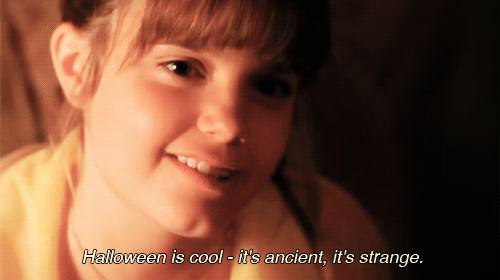
Over 2,000 years ago, the Celts celebrated the end of the harvest season on Oct. 31. They believed that on that night, ghosts of the dead returned to earth to wreak havoc on their crops and possess the living.
What did they do to ward off the ghosts? Dress up in animal heads and skins to entertain and confuse the spirits, naturally.
What did they do to ward off the ghosts? Dress up in animal heads and skins to entertain and confuse the spirits, naturally.
2
We can thank the Romans for that whole bobbing for apples thing.
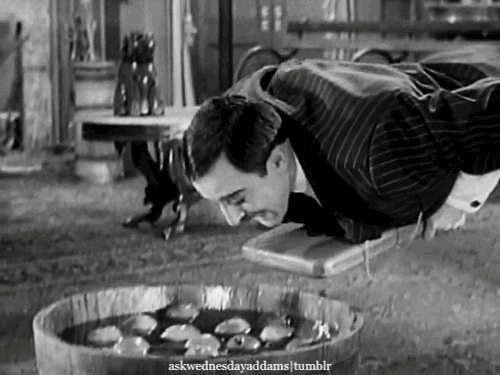
Put your whole face in a bucket of water, they said. It'll be fun, they said. THANKS FOR NOTHING, ROMANS.
Around 43 A.D., once the Romans had conquered Celtic territory, they took the festival of Samhain and combined it with two of their own festivals: Feralia, a day to remember the dead, and the festival of Pomona, a day to celebrate the goddess whose symbol was the apple. Fast forward a few thousand years, and now we're bobbing for those damn things.
Around 43 A.D., once the Romans had conquered Celtic territory, they took the festival of Samhain and combined it with two of their own festivals: Feralia, a day to remember the dead, and the festival of Pomona, a day to celebrate the goddess whose symbol was the apple. Fast forward a few thousand years, and now we're bobbing for those damn things.
3
The word Halloween comes from the Middle English word "Alholowmesse."
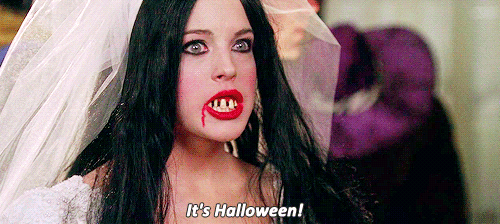
By 609 A.D., the Catholics wanted in on the spooky action. Pope Boniface created All Martyrs Day, which would eventually evolve to become All Saints' Day, celebrated on Nov. 1. Catholics incorporated many elements of the Celtic holiday of Samhain by celebrating with costumes and bonfires ( a thinly veiled attempt to convert the Celtic pagans to Christianity).
The new, fusion holiday was also known as All-hallows (derived from Alholowmeesse, or All Saints' Day in Middle English), therefore the night before became All-hallows Eve, and then Halloween.
The new, fusion holiday was also known as All-hallows (derived from Alholowmeesse, or All Saints' Day in Middle English), therefore the night before became All-hallows Eve, and then Halloween.
Advertisement
4
Americans weren't too jazzed about Halloween... at first.
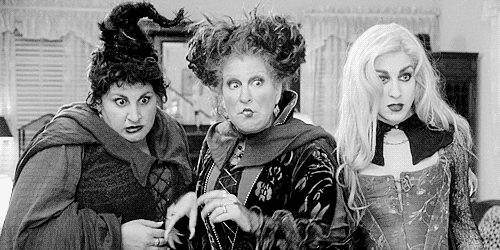
In the early colonies, rigid Protestant beliefs precluded the holiday from taking hold. BUZZ KILL.
But when the Irish Potato Famine sent an influx of Irish (Catholic) immigrants to the America, Halloween gained some traction. In the late 1800s, Americans began dressing up, going door to door for treats, and celebrating within their communities.
But when the Irish Potato Famine sent an influx of Irish (Catholic) immigrants to the America, Halloween gained some traction. In the late 1800s, Americans began dressing up, going door to door for treats, and celebrating within their communities.
5
Eventually, we came around; Halloween is now America's 2nd largest commercial holiday.
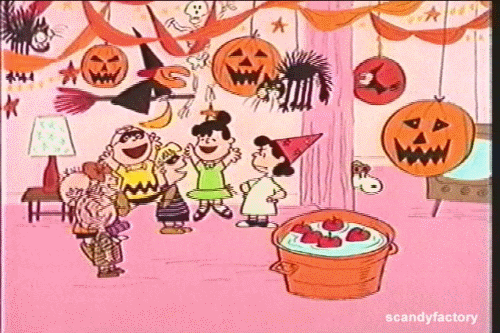
Halloween's popularity went through ebbs and flows in the U-S-of-A. The holiday lost popularity in the '20s and '30s when young hooligans started using Halloween as an excuse to commit vandalism. By the 1950s, town leaders curbed vandalism and focused celebrations on school-aged children. Trick-or-treating's popularity grew and helped make the holiday second only to Christmas, commercially.
6
Just how commercial you ask? Americans spend a cool $6 billion each year on Halloween.
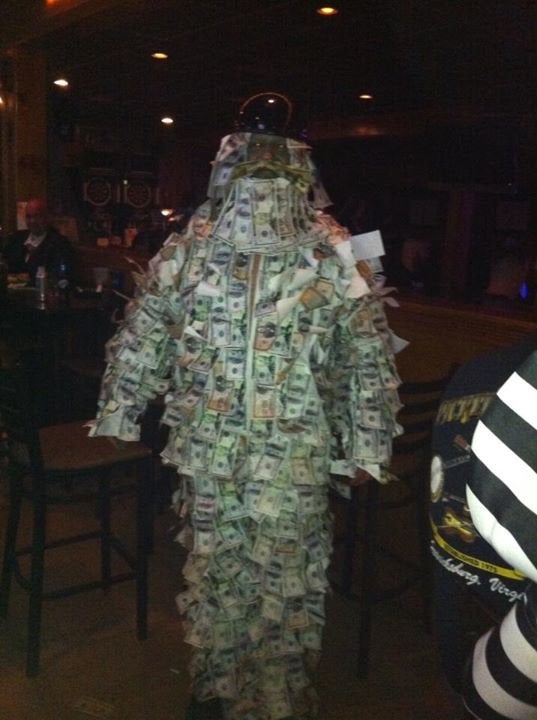
Approximately $4 billion is spent annually on costumes, decorations and parties. Candy consumption alone makes up $2 billion. The candy industry makes a quarter of the year's revenue during Halloween alone.
Advertisement
7
The astronomical amount of money spent on candy is no fluke.

Not by a long shot. In 1985, the Senate held hearings on daylight saving time. Candy makers allegedly placed candy pumpkins on the seat of each senator as an incentive to vote to extend daylight saving time into November. Why? So candy-grubbin' kiddies would spend one more hour trick-or-treating, forcing their neighbors to buy more candy to fill the baskets.
8
The original jack-o'-lanters were made from turnips, beets, and potatoes.
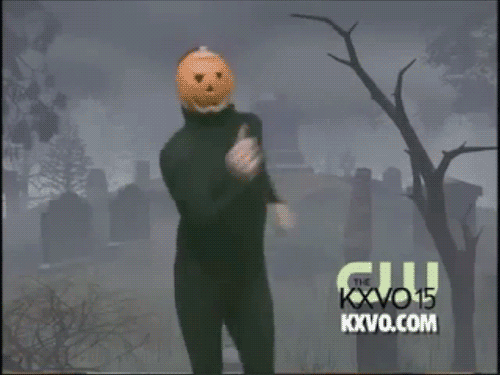
The ubiquitous decoration comes from a centuries-old Irish myth about a man named Stingy Jack. Jack managed to royally piss off the Devil during his time on Earth, so the Devil wouldn't let him into hell after his death. Because the trickster was also banned from heaven, Stingy Jack has been wandering the Earth with only a light in a hollowed-out turnip ever since.
The Scots and the Irish paid tribute to Jack by recreating his lantern with potatoes, turnips and beets on Halloween. When immigrants brought the tradition to the United States, they used the native pumpkin for their holiday carvings.
The Scots and the Irish paid tribute to Jack by recreating his lantern with potatoes, turnips and beets on Halloween. When immigrants brought the tradition to the United States, they used the native pumpkin for their holiday carvings.
9
A Halloween full moon is even more rare than a white Christmas.
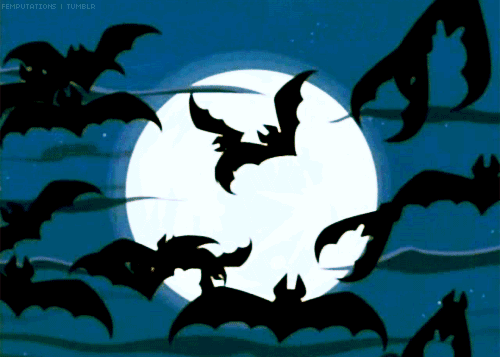
Since 1925, there have only been five full moons on Halloween (1925, 1944, 1955, 1974, 2001). You'll have to wait until 2020 to see the next one.
Advertisement
